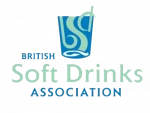Top 2026 Drink Trends

Recent Posts
Categories
We all know, the food and beverage industry moves fast, with health, sustainability, and new technology being the main forces shaping consumer demand.
From alcoholic beverages to soft drinks, people want healthier options, simple labels, and products that feel fresh. For brands, the challenge is how to respond while managing flavour, cost, and of course, the supply chain.
At Uren, we work with brands across beverage categories. This guide explores the top trends for 2026, with examples from the market, and shows how companies can stay ahead.
Health-Driven Beverages Stay in Focus
Functional Drinks With Real Benefits
Functional drinks target hydration, energy, digestion, and immunity. Consumers expect functional benefits they can feel. Beverage brands are adding:
- Probiotics for gut support
- Electrolytes for hydration
- Turmeric and ginger for anti-inflammatory effects
- Matcha and green tea for antioxidants
Energy drinks are being reformulated: Sugar is reduced, and labels are cleaner. Added protein is now common. These health benefits are part of everyday beverages.
Prebiotic Sodas and Fibre-Enriched Drinks
Fact: Gut health is mainstream. Prebiotic sodas with inulin and other fibres are expanding fast, projected to grow at a compound annual rate of 7.6% through to 2035.
Energy Drinks Reimagined
The energy drinks market is shifting. Smaller cans, less sugar, and added protein are expected. This makes functional drinks a daily choice.
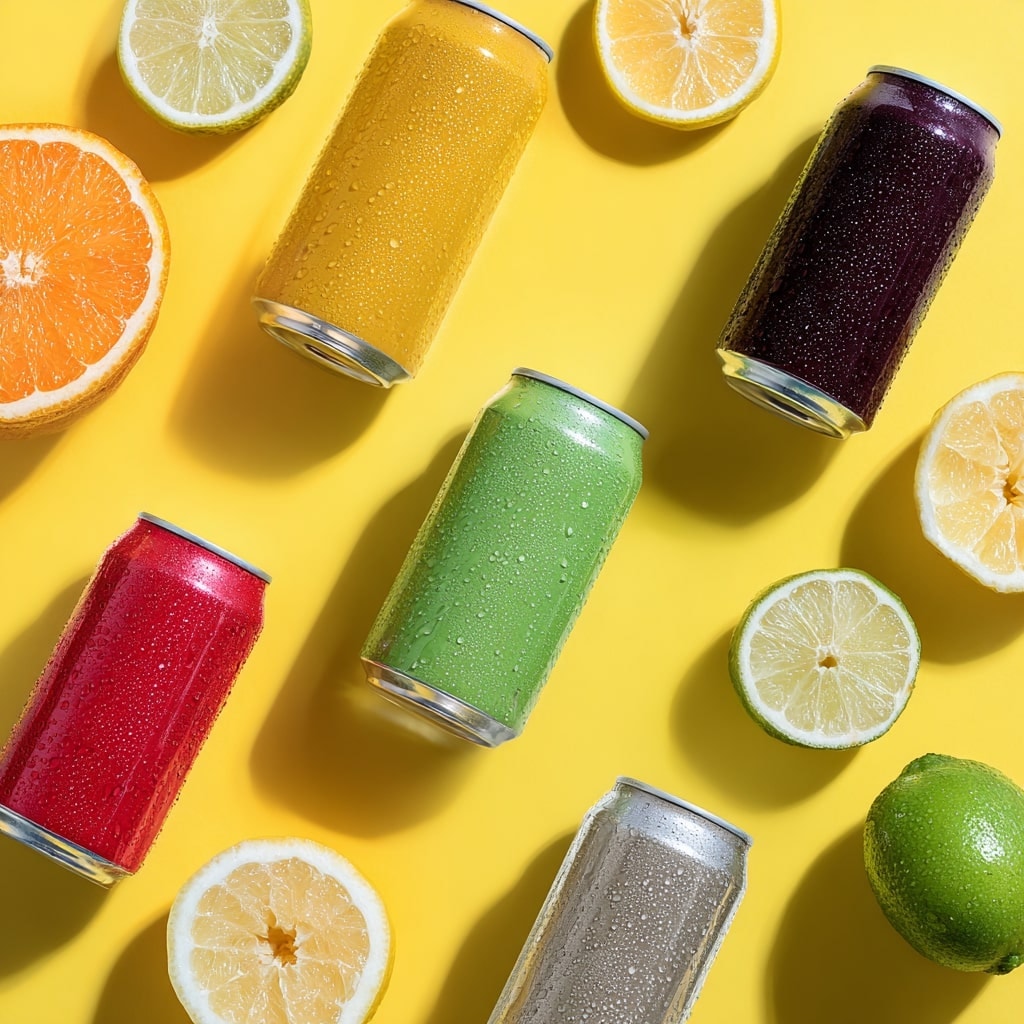
Premiumisation and Alcohol Moderation
Spirits With Story and Sustainability
People want spirits with clear origins. Gin, rum, and wine linked to eco supply chains are gaining attention. Packaging and sourcing are now part of consumer choices.
Low and No-Alcohol Growth
It's well-publicised that Gen Z is cutting back on alcohol consumption. Nearly half of younger consumers plan to reduce alcohol intake. Non alcoholic drinks for special occasions, from mocktails to sparkling tonics, are on the rise, reflecting the cultural shift towards more mindful drinking.
Cocktails for Culture and Sharing
Cocktails remain popular, but now they are playful and visual. Peach iced tea spritzes and bubble tea cocktails are trending. Drinks designed for social media show that taste and look both matter.
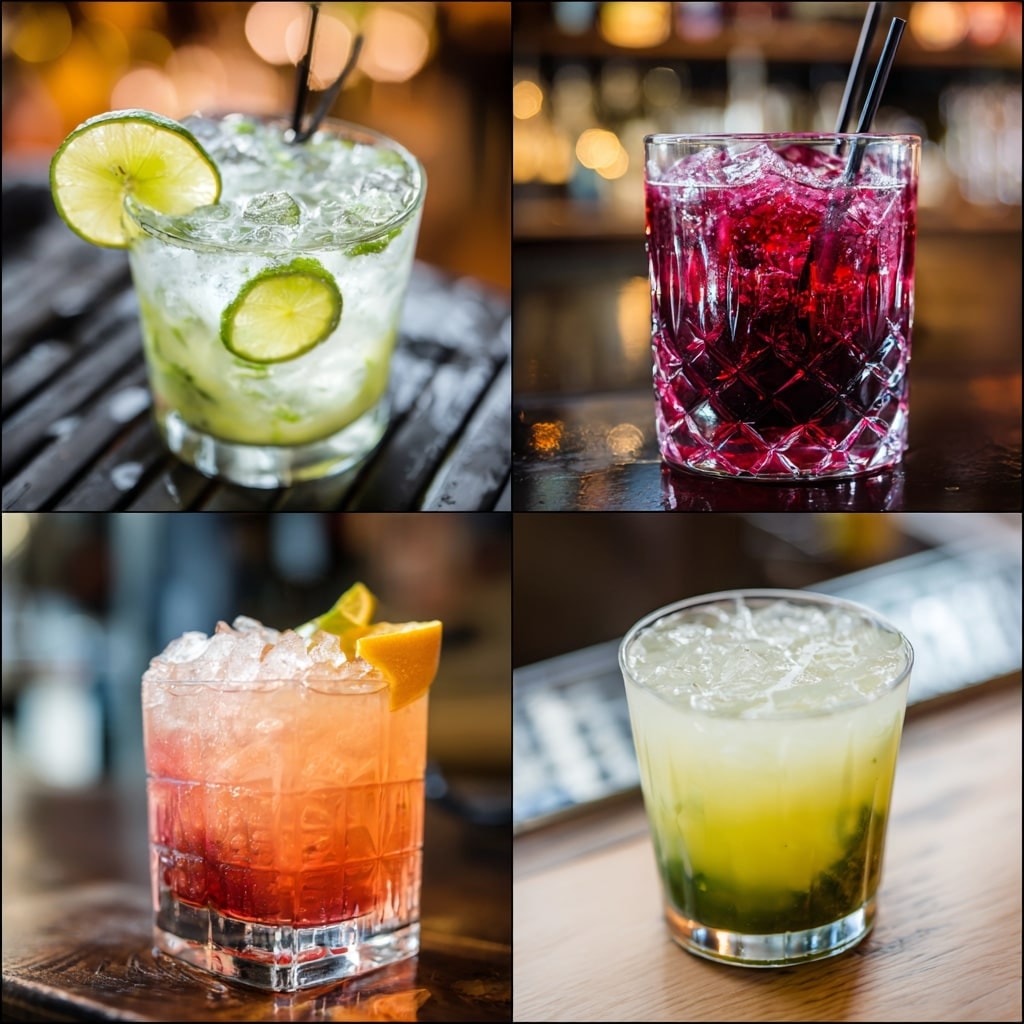
Plant-Based and Dairy Alternatives Grow
Barista-Style Milks
Oat milk remains the most popular option, but almond, soy, and coconut milks are also gaining traction in cafés. Consumers expect a barista-style plant milk that froths well.
Added Nutrition and Cleaner Labels
Added protein and fortified plant milks are popular. Functional plant-based beverages support consumer priorities for healthier options.
Younger Consumers Driving Preferences
Younger consumers are shaping demand. Gen Z expects brands to meet health and sustainability standards while offering new flavour profiles. This is a significant opportunity for innovation.
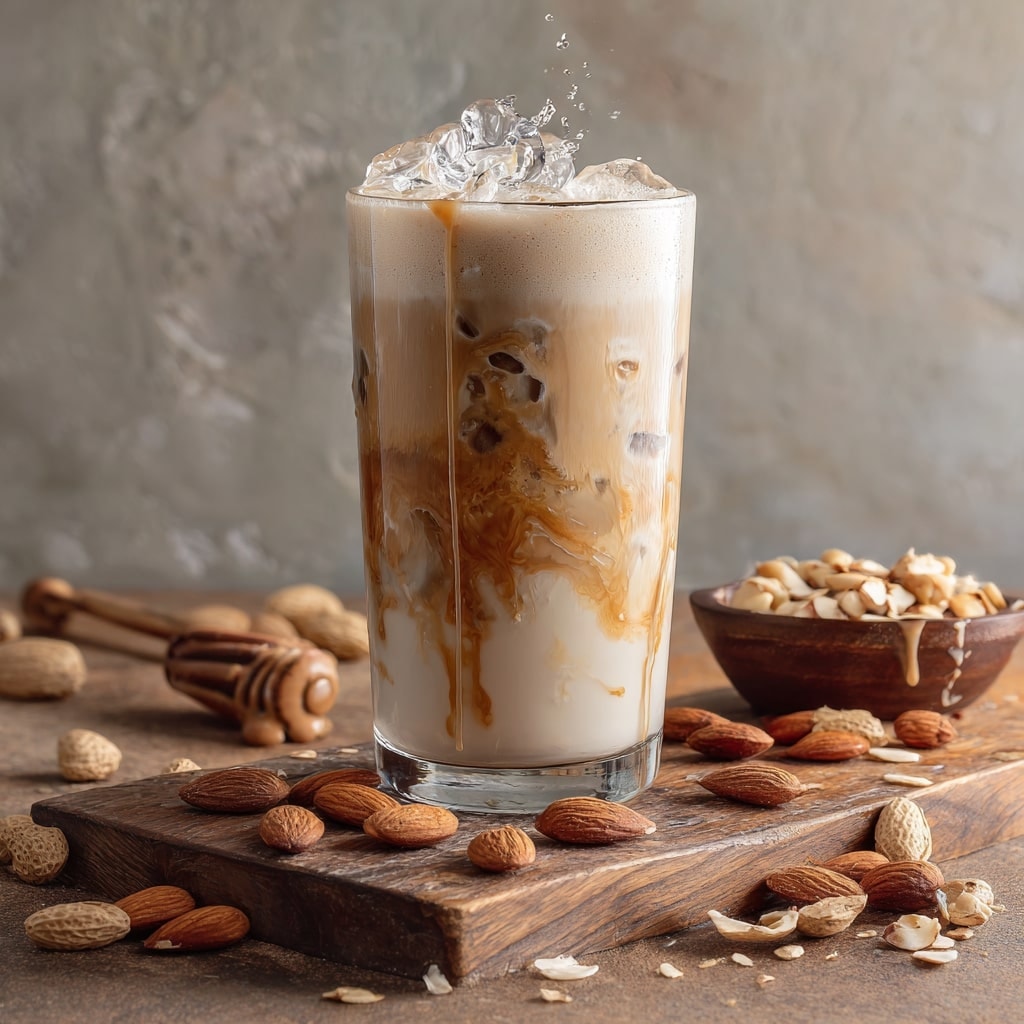
Soft Drinks and Non-Alcoholic Innovation
Adult Soft Drinks
Soft drinks are becoming premium. Sparkling waters, flavoured tonics, and mocktails all fit growing consumer interest in non-alcoholic drinks.
Decline of Sugary Mixers and Sports Drinks
Mixers with high sugar are increasingly losing out. Consumers are turning to more natural energy drinks, and functional options. This shows how consumer choices are shifting.
Rise of Still and Sparkling Water
The soft drinks market is seeing continued growth in water-based products, for example sparkling water sales rose more than 7% in the last year.
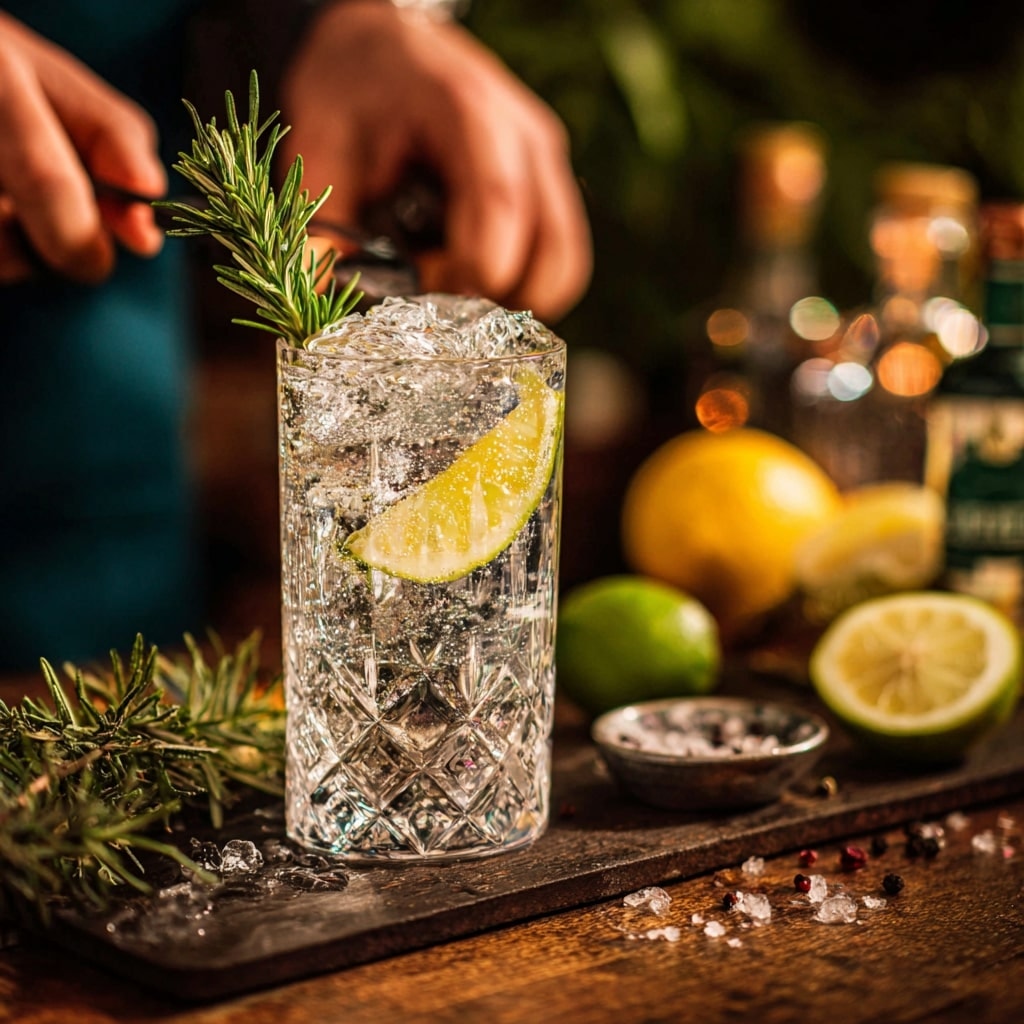
Hot Drinks Market Trends
Coffee and Tea Stay Strong
Coffee and tea remain dominant, with coffee being especially popular among younger consumers. Green tea and matcha are gaining ground thanks to health benefits. Both are everyday beverages, not niche products.
Flavoured Hot Chocolate and Seasonal Ideas
Flavoured hot chocolates are returning (hoorah!). Tropical fruits, spices, and functional blends give brands new ways to explore flavour profiles. For seasonal menus, these provide low-risk ways to refresh offerings.
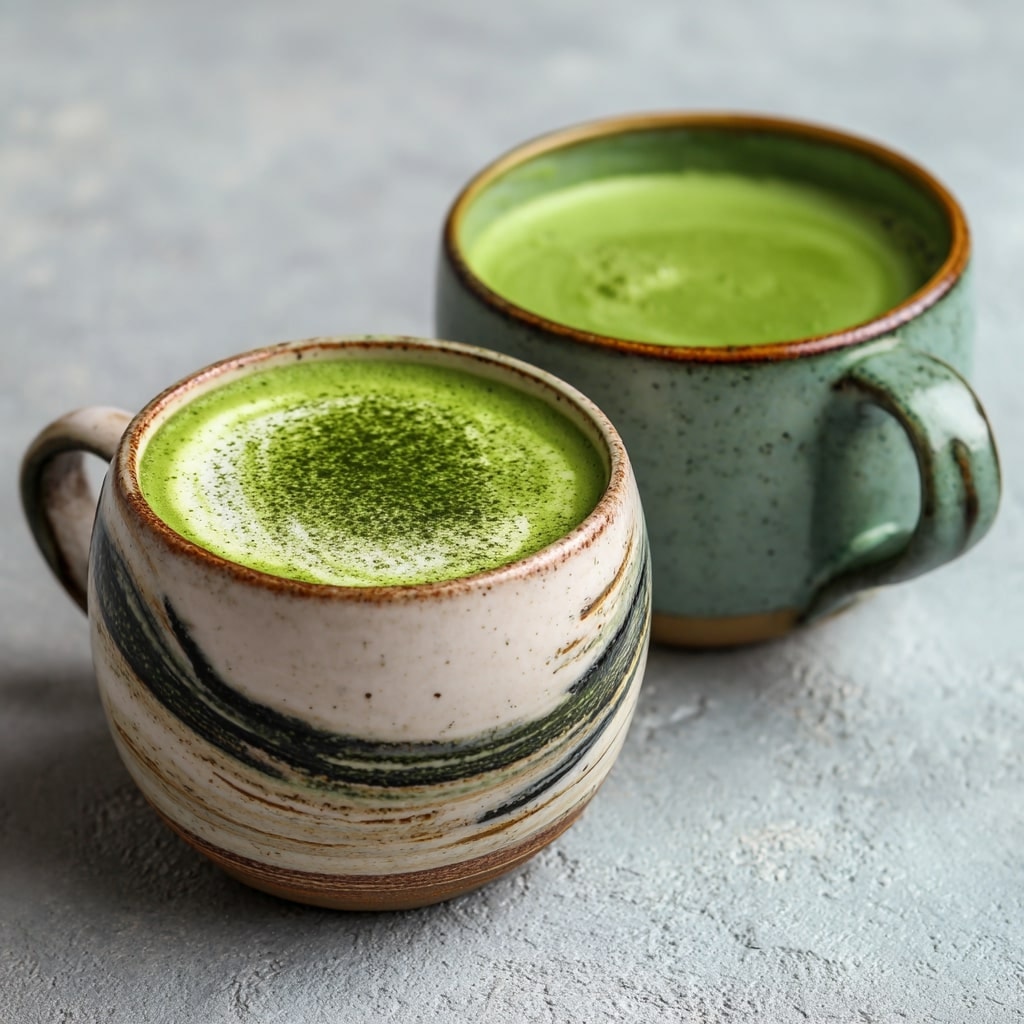
Sustainability as an Expectation
Packaging Choices
Eco packaging is now standard. Glass bottles show quality, aluminium cans are valued for recycling and zebra striping design signals sustainability.
Supply Chain Transparency
Supply chain visibility matters. Customers want to know where their products come from and how they are made. For alcoholic beverages and soft drinks, this is now a base expectation.
Opportunity in Eco Premiumisation
Despite higher costs, people pay more for sustainable beverages. This is a significant opportunity for brands that want to stay ahead.
Tech and Personalisation
AI in Beverage Brands
AI is reshaping the beverage industry. Brands like Coca-Cola are using it to develop new products, like the Y3000 AI-created flavour, personalise marketing, and adapt to local trends and languages.
Smart Dispensing and Convenience Stores
Smart beverage systems let people customise hydration on the go. Convenience stores are adopting AI vending that adjusts drinks to consumer preferences. This shows how this type of innovation can realistically fit into daily life.
Emerging Ingredients and Flavours to Watch
Emerging ingredients are drawing attention in 2026. Expect to see:
- Tropical fruits like mango and pineapple
- Green apple in seasonal recipes
- Monk fruit as a natural sweetener
- Bubble tea styles appearing in other beverages
These flavour trends give beverage brands scope to discover new options while meeting consumer demand for healthier options.
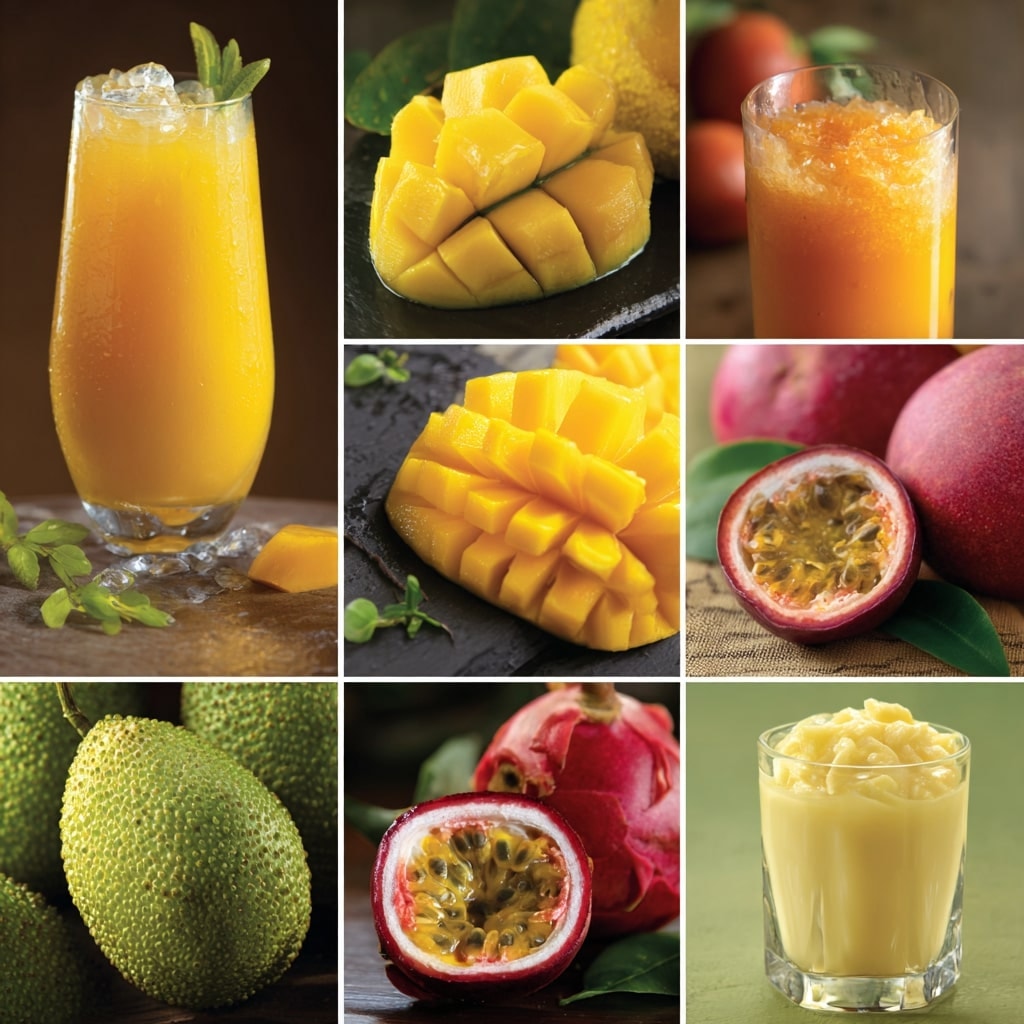
How to Stay Ahead in 2026
The food and drink market is shifting, but the lessons are clear:
- Functional benefits are central to consumer demand.
- Alcohol consumption is falling, with low alcohol and non alcoholic drinks gaining ground.
- Sustainability and supply chain transparency shape consumer expectations.
- Innovation in flavour profiles and packaging offers new growth.
The beverage industry is global and complex, but brands that respond to consumer preferences will find growth. At Uren, we support product developers with ingredient sourcing, recipe development, and flavours that help them stay ahead.
FAQs
What is the latest drink trend?
Functional drinks like prebiotic sodas, mocktails, and energy drinks with added protein are shaping current drink trends.
What are the trending drinks on TikTok?
Bubble tea cocktails, peach iced tea spritzes, and flavoured mocktails are gaining popularity on TikTok.
What drinks are trendy for Gen Z?
Gen Z prefers plant milks, non alcoholic drinks, and coffee-based beverages. They want drinks that look good and deliver health benefits.
What are the drink trends in 2025?
In 2025, top trends included lower alcohol intake, growth in functional drinks, plant-based beverages, sustainability, and adult soft drinks.
What is the next big thing in beverages?
AI personalisation and functional drinks with health benefits are the next big thing in the beverage industry.
What are the five key trends shifting the alcoholic beverages market in 2025?
Premium spirits, low alcohol drinks, cocktails, sustainability, and supply chain transparency reshaped the alcohol market.









